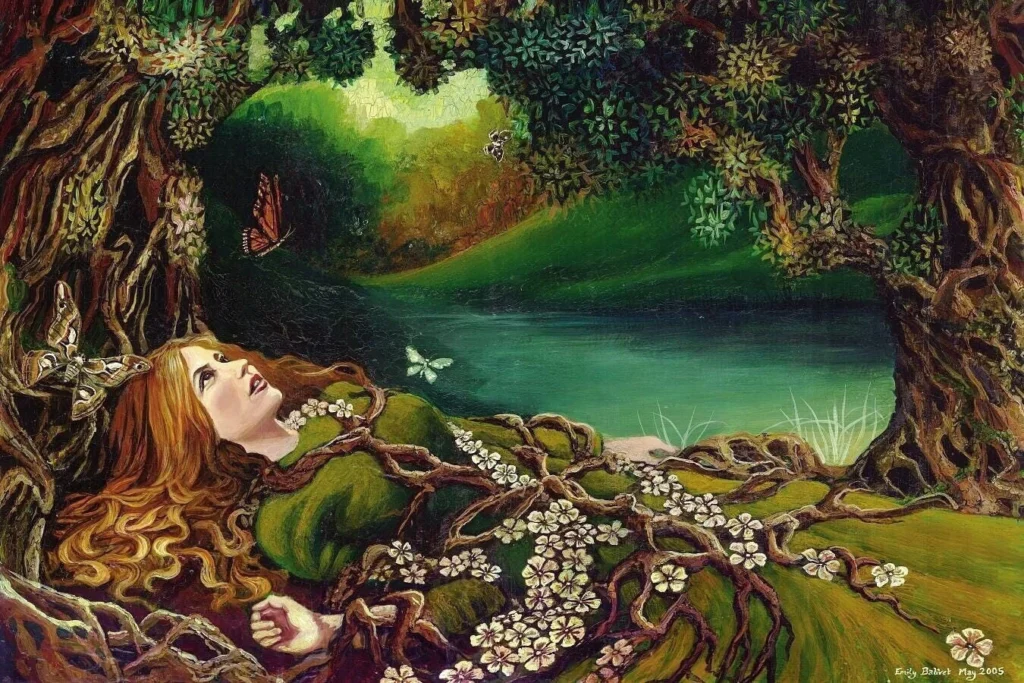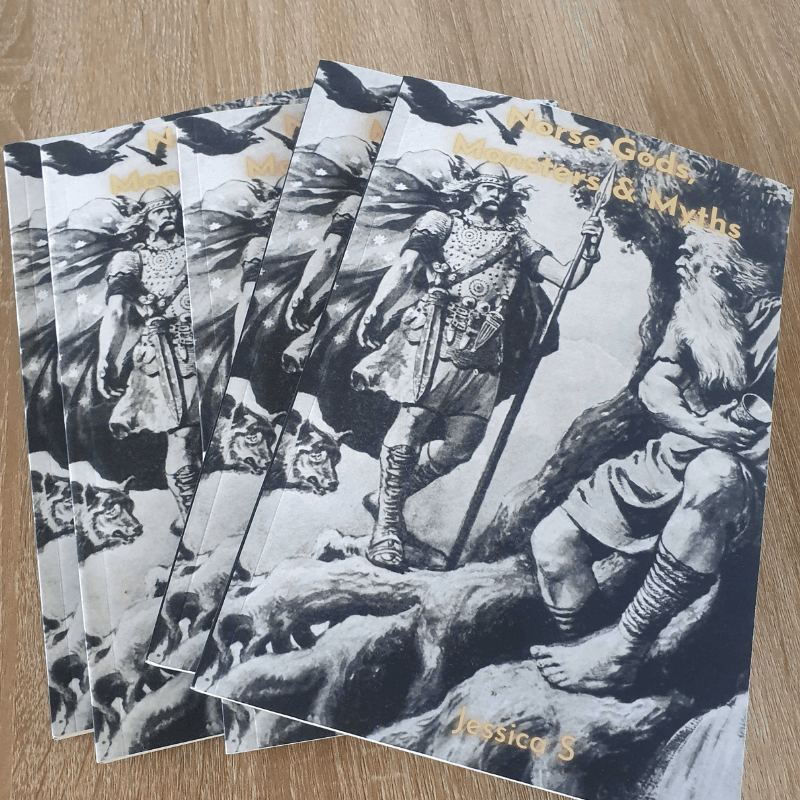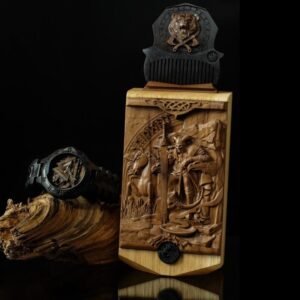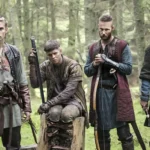Of course, the heathen Vikings did not celebrate Easter, a Christian holiday linked to the death and resurrection of Christ.
But it is no coincidence that the Church chose a time around the Spring Equinox for one of its major holidays.
It was their practice to align Christian holidays with existing pagan traditions to make it easier for converting pagans to accept.
Since most ancient societies structured their lives around the changing seasons, the Spring Equinox was important for most.
The same was true of the winter solstice, chosen by the Church for the celebration of the birth of Christ (the Bible doesn’t say when Jesus was born, but it almost certainly wasn’t in the middle of winter).
This date was no doubt chosen because of its importance in traditional calendars, and December 25 specifically a few days after the solstice because it was also the birthday of the important Roman sun god Sol Invictus.
According to the Saga of Hakon the Good, it was King Hakon I of Norway who moved the traditional Viking Yule festivals a few days to coincide with the 12 days of Christmas.
We have spoken in depth about Viking Yule celebrations before.
In this article, we will look at what we know about Spring Equinox celebrations among the Vikings, which is significantly less than what we know about Yule.
Little is recorded in the surviving sources, and what is recorded is unreliable.
Surviving folk practices provide some further insight.
Viking Spring Equinox Festival

In the Germanic world, the Spring Equinox was linked with the goddess Ostara or Eostre, considered a goddess of dawn, spring, and new beginnings.
It is generally believed that she was taken to Scandinavia when the proto Vikings migrated there, though she is not listed in any of the surviving sources that give the names of the Norse gods. Bede, a 7th century Ango-Saxon chronicler, suggests that the goddess was the equivalent of Idun.
In Norse mythology, Idun was a goddess of youth, responsible for tending the orchards that grow the enchanted fruits that keep the gods young and strong.
On one occasion, she was kidnapped by the giant Thjazi, and without access to the fruit, the gods began to grow old, so naturally, they mounted a rescue operation.
It is not hard to see how Idun could have been an extension of the goddess of spring, but alternatively, the outsider Bede misinterpreted and conflated the two deities.
Bede is also the only source for the connection between Ostara and Easter, which usually happens in April, and Bede says that she was the goddess of April.
He simply says that feasts were held in her name during that month and that this was an old tradition. That is not much to go on.
Folklorists point out that Easter time in Northern Europe is linked to hares and rabbits, a tradition that spread from there to other parts of the world, giving birth to the Easter Bunny.
This led to the suggestion that the hare was the sacred animal of Ostara.
They also suggest that the sacred animal must originally have been a bird because it was considered to lay eggs, and it somehow morphed into a hare.
But the association is clearly linked with fertility.
Other scholars have linked Ostara with the Norse fertility goddess Freyja, even though there is no strong evidence for this.
They note her close association with animals, but she was linked with cats, who drew her chariot, and boars, like all Vanir gods.
There is no particular connection between Freyja, hares, or even birds.
Nevertheless, she is the goddess most commonly linked with the festival in modern Norse pagan traditions such as Asatru.
Modern Scandinavian Easter Traditions

We don’t really know how the Vikings marked the Spring Equinox since it is not something that they recorded.
The way they marked important dates in general suggests that it involved lighting bonfires and, of course, plenty of feasting and drinking.
Due to the time of year, festivals probably included rituals around planting for the coming year and also preparing to set off for the raiding season, since May generally offered the best seas for sailing.
Modern Scandinavian Easter practices may point to some traditions that have survived from the Viking Age.
In many Scandinavian countries, one popular tradition is for children to dress up as “Easter witches” and go door to door, carrying colorful willow twigs to wave away evil spirits in return for treats.
This suggests that as a time of transition, the Spring Equinox was seen as a time when the veil between the worlds was thin, and it was possible for things to pass through, therefore, rituals were conducted to protect the community from evil spirits.
The same fear is seen at the Winter Equinox, when there are many stories of the dead passing over to encounter the living (in A Christmas Carol fashion).
In Denmark, they mark easter with Påskefrokost, an all-day feast that runs over lunch and dinner.
This kind of feasting would have been very familiar in the Viking world.
Feasting was important for reinforcing social bonds and reportedly often lasted several days with abundant food, drink, and entertainment.
They were also a time to collectively honor the gods and make sacrificial offerings.
While it is unclear which gods were honored, popular fertility gods like Thor, Freyr, and Freyja do seem likely candidates.
In Sweden, they also often have Easter trees, birch or willow trees decorated with feathers and hand-painted eggs, not unlike a Christmas tree.
In Denmark, children make and send out Gaekkebreve, which are paper cut-out letters meant to tease someone by making them guess who sent it, with the sender leaving a dot for each letter or their name.
If the receiver can’t guess who sent them the letter, they owe then an egg, and if they can guess, then they are owed an egg.

If that sounds a bit like the serial killer version of Secret Santa, then you might also be interested to learn that the Nordic fascination with crime fiction can also be linked to Easter.
It all began 100 years ago when a publisher was promoting a new crime novel based on a train robbery on Norway’s Bergen line, which was mistaken for a real story and therefore gained a huge amount of interest.
Since then, it has become traditional for new Nordic crime thrillers to be released around Easter and read over the holiday period.
The book was called Bergenstoget plyndret i natt, or “The Bergen Train Was Robbed in the Night,” by Nordahl Grieg and Nils Lie, published in 1923.







